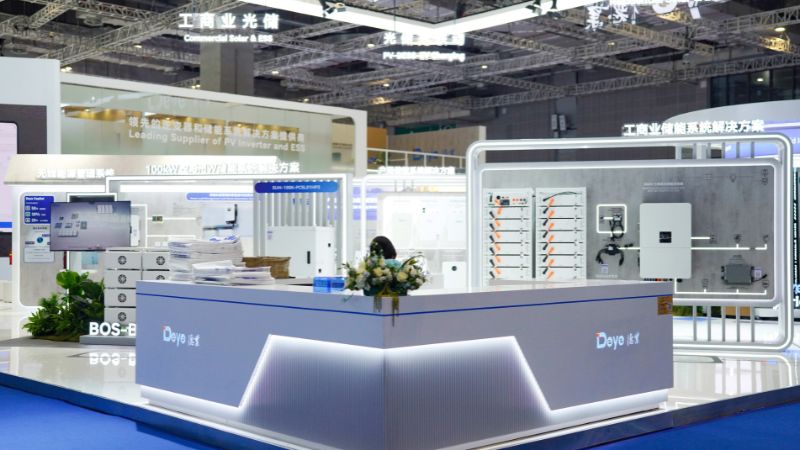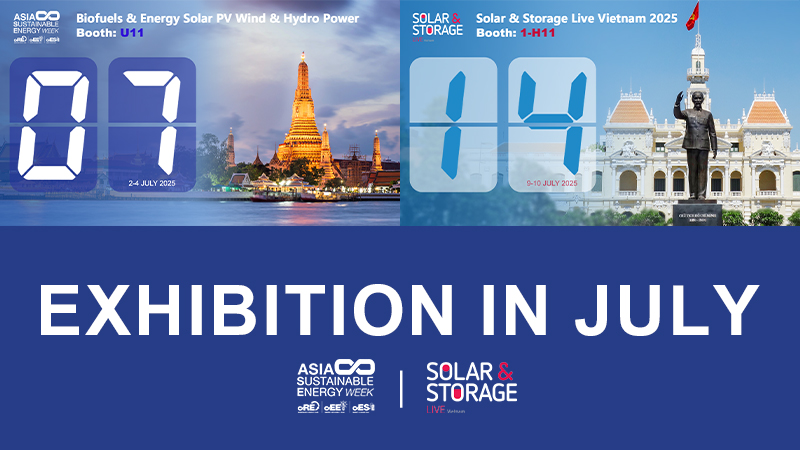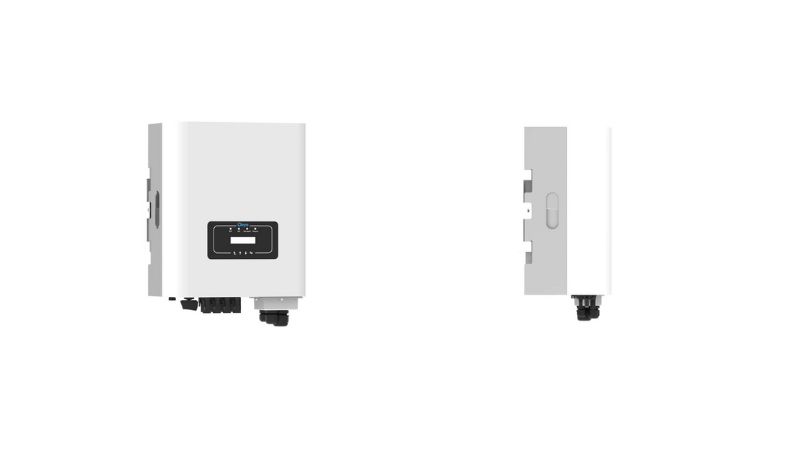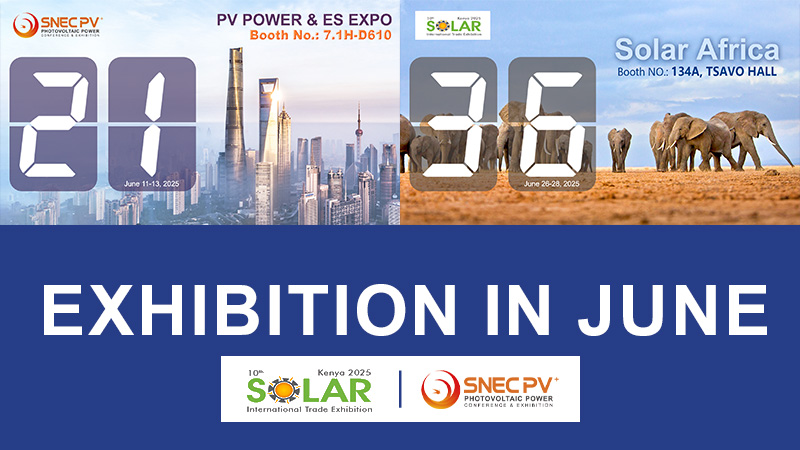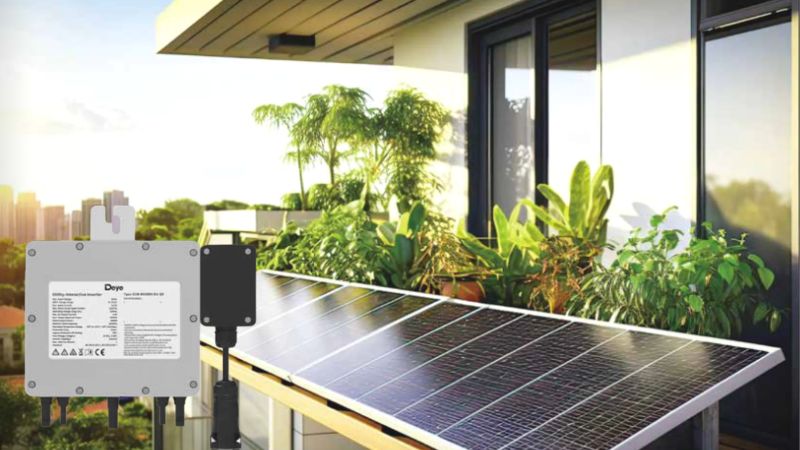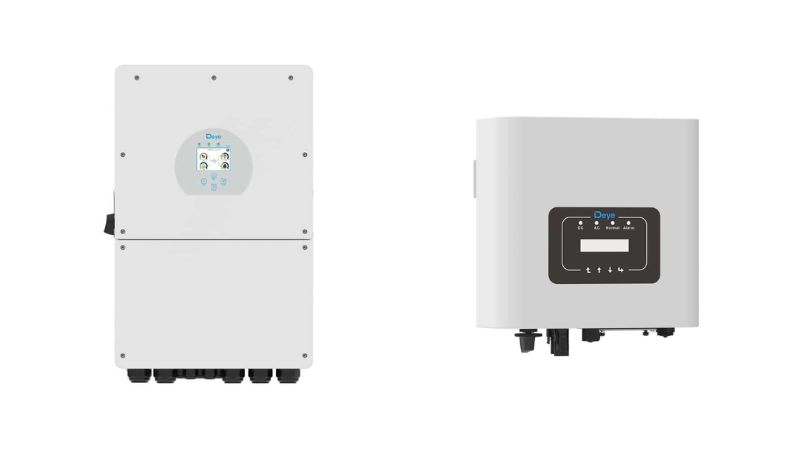
Demand for energy is constantly growing as populations increase and economies develop. At the same time, there is a push to energy transition to more sustainable sources of like solar and wind power. However, one of the challenges of renewable energy is that it is intermittent – the sun doesn’t always shine, and the wind doesn’t always blow. Energy storage solutions will play a key role in enabling the widespread adoption of renewable by allowing excess power generated to use renewable sources.
This article explores some of the most promising innovations in energy storage that could help shape tomorrow’s power solutions and support a cleaner, more sustainable energy future.
Energy Storage Landscape
As you look into the energy storage landscape, you’ll notice rapid advancements in storage technologies and an increasing global storage capacity, which are both shaped by government policies and initiatives.
Evolution of Energy Storage Technologies
Lithium-ion batteries have become synonymous with contemporary energy storage solutions, boasting improvements in energy density, life cycle, and cost-effectiveness. Researchers, like those at the MIT Energy Initiative (MITEI), continue to innovate, developing storage technologies that are more flexible, efficient, and tailored for various applications. Your understanding of the landscape is incomplete without recognizing the ongoing research into alternatives like solid-state batteries or flow batteries, which could offer longer durations of energy supply and enhanced safety.
Global Energy Storage Capacity Trends
The stationary energy storage industry has witnessed exponential growth. Data from market analyses reveal a year-on-year surge in energy storage deployment, firmly setting battery storage as a cornerstone for a reliable electric power systems future. Countries are vying to upscale their grid storage capacities, with lithium-ion leading the charge due to its maturity and declining cost curve.
- 2019: 2 GW of storage deployment globally
- 2023: Over 15 GW of expected storage deployment
The Role of Government and Policy
Governments globally play a pivotal role in shaping the energy storage trajectory. Initiatives such as the Energy Storage Grand Challenge aim to position countries at the forefront of storage technologies. Policies often provide financial incentives, support research and development, and set ambitious targets for energy storage deployment to facilitate the integration of renewable resources and ensure that the energy landscape remains dynamic and resilient.
Integration of Renewable Energy
As you explore the realm of renewable energy, understand that successful integration into our power systems is critical. This includes smoothly incorporating sources like solar and wind, managing variability, and ensuring the reliability of our electricity systems.
Solar and Wind Integration
When you think of renewable energy, solar (PV) and wind often come to mind. These sources are synonymous with decarbonization efforts and moving towards net-zero emissions. Here’s how they fit into the bigger picture:
- Solar: Solar panels, or photovoltaic (PV) systems, convert sunlight directly into electricity. Their integration often involves solar and storage systems, ensuring that the energy generated during the day can support your electricity demand even when the sun isn’t shining.
- Wind: Wind turbines harness the power of the wind to generate electricity. Adding gigawatts of wind power into the grid boosts your capacity for renewable generation, which is crucial for reducing reliance on fossil fuels.
Each technology presents unique benefits to your electricity systems, aiding the transition to a greener grid and bolstering efforts toward reaching zero emissions.
Challenges in Variable Renewable Energy (VRE)
Variable Renewable Energy (VRE) comes with challenges:
- Generation Variability: Both solar and wind resources are intermittent, meaning their generation depends heavily on weather conditions, creating issues for maintaining a steady supply.
- Demand Response: Aligning electricity demand with the supply from solar and wind requires Demand Energy Resources (DERs), enabling consumers to adjust their usage based on availability.
- Storage Needs: Effective solar and storage strategies are essential. Long-duration energy storage helps by storing excess energy and supplying it when demand peaks or generation dips.
Staying informed and prepared for these aspects will help in making the seamless integration of renewable energy into your daily life a reality.
Economic Perspectives
The future of energy storage hinges on its economic viability and how it integrates with energy markets, both key to understanding its growth and impact. Pricing dynamics and investment strategies stand central to this evolution.
Market Dynamics and Pricing
In the realm of energy storage, market dynamics are closely tied to the overall economy. Storage technologies have to be cost-effective to compete, which means wholesale prices of electricity play a critical role. For instance, during periods of low demand, energy storage systems can store surplus electricity, and then release it when prices and demand are high, thereby optimizing retail pricing.
- Emerging Market and Developing Economy (EMDE) countries are seeing growing investments in energy storage to manage load fluctuations and integrate clean energy sources like solar and wind, both crucial in combating climate change.
- Natural gas prices influence electricity storage economics, particularly in regions where it’s a major energy source for transmission.
- Webinars and expert panels featuring economists and industry specialists are increasingly focusing on how energy storage can balance retail load management, especially with carbon pricing shaping energy strategies.
Investment and Financing
Your understanding of the economic terrain of energy storage must include its investment and financing mechanisms. Clean energy projects, including storage, often require significant upfront capital, but they offer the potential for substantial long-term savings and environmental benefits.
- Financial vehicles and green bonds are becoming popular ways to fund energy storage projects, addressing initial cost barriers.
- Investment in energy storage is fueled by the prospect of cost-effective solutions for integrating renewable energy sources into the grid, thereby reducing reliance on fossil fuels.
- Stakeholders are exploring innovative financing models in both developed and emerging markets to spur the adoption of energy storage systems.
By keeping an eye on these economic aspects, you’ll better understand the trajectory of energy storage and its place in our energy future.
Advanced Energy Storage Technologies

In your quest to understand the energy landscape, you’ll find that advanced storage technologies are pivotal for achieving deep decarbonization of electricity systems. They not only support the stability of power grids with high variable renewable energy (VRE) input but also facilitate a shift toward more sustainable energy sources.
Next-Generation Battery Technologies
Among the variety of energy storage options, batteries stand out for their versatility and rapid deployment capability. Specificially, lithium-ion batteries have dominated the market due to their favorable energy density and lifespan. However, the search for next-generation battery technologies is well underway, with aims to surpass the performance and cost-effectiveness of lithium-ion variants.
Lithium-Sulfur (Li-S) batteries are eyed for their potential higher energy density and lower cost.
Solid-state batteries are an emerging battery technology that uses a solid electrolyte instead of a liquid or gel electrolyte used in conventional lithium-ion batteries. They offer higher energy densities, faster charging times, longer life cycles, improved stability and safety compared to liquid electrolyte batteries. Major research is underway on using ceramics, polymers, and glass as solid electrolytes.
Graphene batteries utilize graphene, a carbon material arranged in a honeycomb lattice for the battery electrodes. Graphene has excellent electrical, thermal, and mechanical properties that can enhance battery storage capacity, charge rate, and lifespan. Graphene enables faster electron transfer, improving power density. It also has high surface area for higher storage capacity. Though still in early stages, graphene batteries show promise for electric vehicles, drones, and laptops if challenges around costs and scaling production can be overcome.
Molten metal batteries are high temperature batteries that use molten metals/alloys as the positive and negative electrodes, separated by a molten salt electrolyte. The high temperature keeps the metals molten for ion exchange and flow, enabling long lifespan and quick charging. The most common combination is using molten sodium at the negative electrode and molten sulfur at the positive electrode with a beta-alumina solid electrolyte. Molten metal batteries are resistant to fires/explosions, use low-cost materials, and are relatively easy to recycle.
Alternative Storage Solutions
When exploring storage beyond batteries, several innovative alternative storage solutions emerge, particularly useful for long-duration storage and grid stabilization:
- Pumped Storage Hydro (PSH): This mature technology uses two water reservoirs at different elevations to store energy, releasing it back through turbines when demand peaks.
- Hydrogen Storage: A form of chemical storage, where electricity is used to split water into hydrogen and oxygen. The stored hydrogen can be either used directly as a fuel or converted back to electricity.
- Thermal Storage: It captures heat or cold when available, often from renewable sources, and releases it as needed.
Keep an eye on how these technologies integrate with systems where deep decarbonization is targeted. The versatility and capacity of such alternative storage solutions have the potential to complement nuclear power’s consistent output and manage the intermittent nature of renewables like wind and solar.
System Considerations and Grid Management
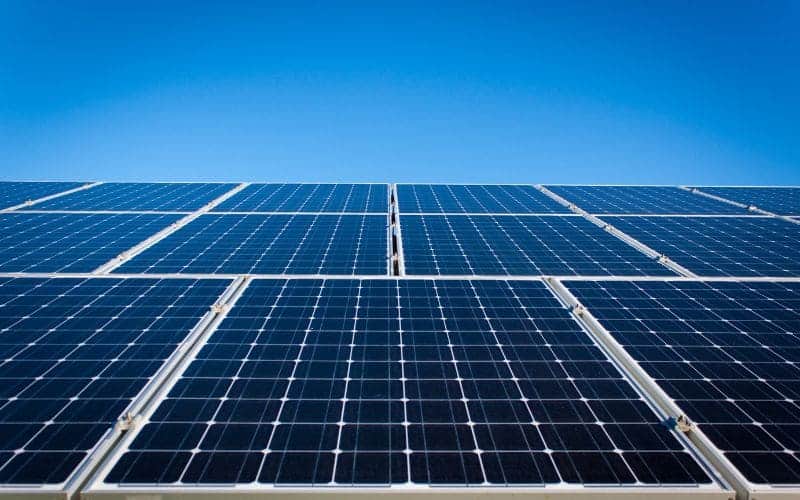
You’re at the cusp of a new era where the management of your power systems is a dynamic and complex task. It involves utility-scale and distributed energy storage, ensuring reliable electric supply, and catering to peak demands while adapting to new technologies.
Transmission and Distribution Systems
In your efforts to modernize electricity systems, utility-scale storage is pivotal. It acts as a backbone for integrating variable renewable energy (VRE), like solar and wind, into the grid. The National Renewable Energy Laboratory’s (NREL) Storage Futures Study highlights how strategic placement of battery energy storage in transmission and distribution systems can provide more flexibility and reliability. When you’re managing peak demand, battery energy storage serves as peaking capacity, reducing reliance on fossil fuel power plants.
- Key Roles for Utility-Scale Storage:
- Provides operating reserves.
- Offers peaking capacity during high demand.
- Supports the integration of VRE into the grid.
- Contributes to the decarbonization of energy systems.
Staffing and upskilling programs are becoming crucial as the power system evolves, equipping personnel at coal generation and fossil fuel power plant operators with the necessary skills to manage advanced grid resources effectively.
Demand Response and Load Management
Your approach to demand response is shifting with the advent of distributed storage and behind-the-meter battery storage. This technology plays a strategic role in the distributed generation market, as it allows you to manage load during peak times and ensures backup power. Demand response helps in flattening the demand curve, making the U.S. electric power grid more resilient.
- Benefits of Demand Response:
- Stabilizes the electricity grid by balancing supply and demand.
- Improves the economics of the electric system by reducing or shifting consumption during peak demand.
- Enhances customer engagement through active participation in load management.
In conclusion, both utility-scale and distributed energy storage are altering the landscape of power system management. You are stepping into a future where your electric power systems are not only more reliable but also environmentally friendly, powered by a smarter and more responsive grid.
Environmental Impact and Sustainability
As you explore the progression of energy storage, it’s crucial to consider how it intersects with environmental sustainability and efforts to mitigate climate change. The move towards net-zero emissions and the sustainable transition in energy storage are pivotal to this journey.
Towards Net-Zero Emissions
In your quest for a sustainable future, the target of net-zero emissions stands out prominently. Clean energy technologies like wind power, solar power, and geothermal energy are key players. Here’s how they stack up:
- Wind Power: Harnesses the energy of wind currents to generate electricity, reducing reliance on fossil fuels and cutting carbon dioxide emissions.
- Solar Power: Converts sunlight into electricity, offering a plentiful and renewable source of energy with minimal environmental impact.
- Geothermal Energy: Taps into the Earth’s internal heat for a steady and reliable energy supply that aids in decarbonization efforts.
Transitioning to these forms of energy is instrumental in achieving zero emissions, aligning with both national and global climate change mitigation goals.
Sustainable Transition in Energy Storage
To support your switch to renewable sources, energy storage solutions must evolve sustainably. Here’s a snapshot:
- Battery Storage: Battery chemistries must be refined to enhance efficiency and lifespan while reducing resource extraction impacts.
- Bioenergy Storage: Integrating bioenergy can provide a dispatchable and sustainable source of power, crucial for balancing the grid.
Advancements in energy storage play a fundamental role in your journey to sustainability, ensuring that clean energy is available when and where it’s needed, facilitating a move towards net-zero emissions.
Innovation and Future Projections
Energy storage stands as a linchpin in the quest to revamp power systems and integrate renewable energy sources. Your understanding of its trajectory is vital as we navigate the implications of storage innovation and its expanding role in global electrification efforts.
Research and Development Horizons
The pace at which energy storage technology is advancing is largely driven by initiatives like the MIT Energy Initiative and collaboration with companies. These partnerships focus on creating advanced analytical tools and models like the Renewable Electricity Economy Optimization Model (REEDS) developed by the National Renewable Energy Laboratory (NREL). These tools help map power system evolution and are key in understanding how storage can best be deployed.
Research is also being propelled by substantial government investment. For instance, the Department of Energy (DoE) in the U.S., through organizations like NREL and the Pacific Northwest National Laboratory, commits funds to explore long-duration storage technologies. This investment is critical for the future of energy storage, aiming to meet the demands of a grid increasingly reliant on intermittent renewable energy sources.
Adapting to Emerging Global Needs
As emerging market and developing economy (EMDE) countries want to electrify and improve their energy infrastructures, innovation in energy storage becomes even more pertinent.
Your comprehension of international efforts is enhanced when considering regions like India, where upskilling programs and staffing initiatives are necessary to leverage energy storage. These programs are imperative for sustaining deployment while managing the disruption that can come with rapid technological adoption.
Moreover, the Department of Energy’s vision for 2030 encapsulates the need for leapfrog technologies. This vision includes Storage Innovations 2030, a grand challenge aimed at accelerating pathways towards substantial and scalable energy storage solutions, particularly for long-duration applications which are pivotal for the electrified future.
Energy is rapidly evolving and will be critical for achieving global climate change. Solutions like lithium-ion batteries, flow, hydrogen cells, and others offer improvements in areas like capacity, cost, and efficiency. With continued technological advances and costs supported by government policies and private sector energy storage, it has the potential to solve the intermittency challenge of energy and support its integration into the mainstream grid.
The innovations discussed promise to accelerate the transition to a more sustainable energy system powered by renewable sources. Increased energy storage deployment will empower consumers utilities with more options for managing and securing power, helping to ensure all communities have access to clean, affordable and reliable energy.
